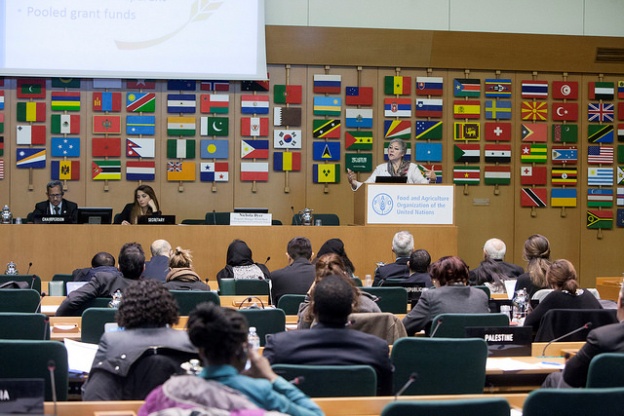Report by the Food and Agriculture organization of the UN (FAO), which marked uncertainty if humanity would be able to feed itself by the middle of the century with the current manner of exploiting nature, was published on 22 February 2017 in Rome. It was prepared to understand global trends on the basis of the forecast of the world population on the eve of the medium-term plan of FAO for the years 2018-2021.
Trends of human development, said in the Preface José Graziano da Silva, “are encouraging and disturbing at the same time”. On the one hand, there are gains in reducing the number of hungry and poor, and improving security of food. This became possible thanks to technology and increased productivity. But, on the other hand, 795 million people in the world still starving, and more than 2 billion suffer from lack of vitamins and minerals. And exploitation of natural resources and the signs of climate change threaten the food system.
To achieve sustainable food system, FAO recommends changing the approach to agriculture and food worldwide in key moments. If it is not changed, 653 million people will still starve in 2030. Among the main points of the FAO there are need to cooperate between countries, to reduce the inequalities between rich and poor, and preserve food (do not throw!), to increase agricultural productivity, to provide jobs and so on.
The calculations of the FAO assumes that by 2050 our planet will count 10 billion people, and rising demand for food will increase by about 50% comparing to 2013. At the same time, in countries of low and middle income will grow the consumption of meat, vegetables and fruits as a result of income development.
Sources:





